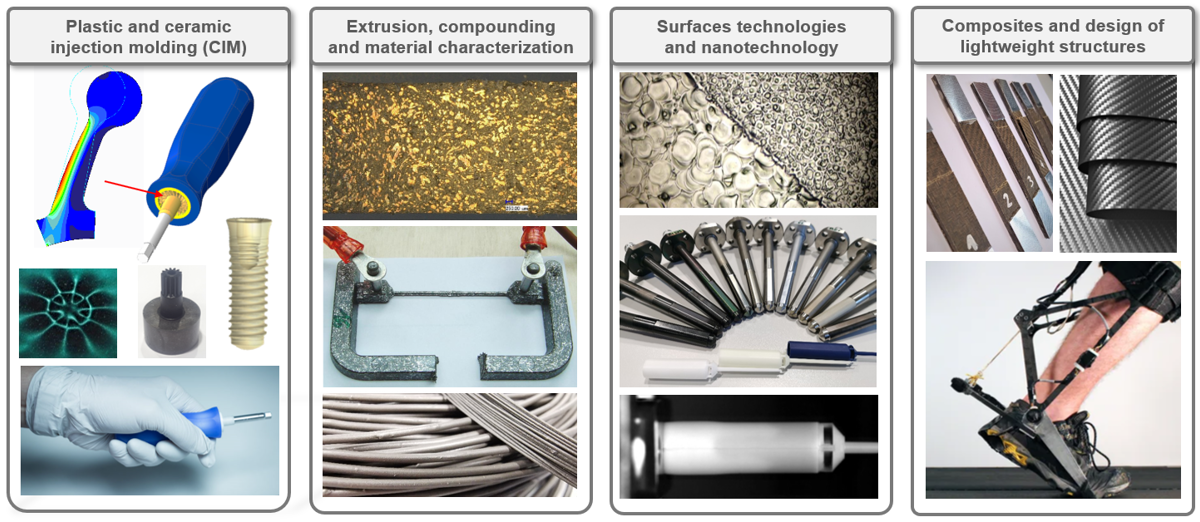- Forschungsprojekte : /de/anwendungsorientierte-forschung/institute/irap/forschungsprojekte/
- Infrastruktur : /de/anwendungsorientierte-forschung/institute/irap/infrastruktur/
- Team : /de/anwendungsorientierte-forschung/institute/irap/team/
- Agenda : /de/anwendungsorientierte-forschung/institute/irap/agenda/
- News : /de/anwendungsorientierte-forschung/institute/irap/news/
- Ausbildung : /de/anwendungsorientierte-forschung/institute/irap/ausbildung/
- Kontakt und Anreise : /de/anwendungsorientierte-forschung/institute/irap/kontakt-und-anreise/
- Forschungsprojekte : /de/anwendungsorientierte-forschung/institute/irap/forschungsprojekte/
- Infrastruktur : /de/anwendungsorientierte-forschung/institute/irap/infrastruktur/
- Team : /de/anwendungsorientierte-forschung/institute/irap/team/
- Agenda : /de/anwendungsorientierte-forschung/institute/irap/agenda/
- News : /de/anwendungsorientierte-forschung/institute/irap/news/
- Ausbildung : /de/anwendungsorientierte-forschung/institute/irap/ausbildung/
- Kontakt und Anreise : /de/anwendungsorientierte-forschung/institute/irap/kontakt-und-anreise/
Forschungsprojekte

Extrudieren, Compoundieren und Materialcharakterisierung
Flexpolcond - Flexible conductive polymer for cable application
Ziel von Flexpolcond ist die Entwicklung eines flexiblen und extrudierbaren leitfähigen Polymers. Der Extrusionsprozess wird optimiert, um die Verwendung von hochgefüllten Materialien zu ermöglichen.
Verschleissverhalten von Kunststoffzahnrädern
Das Projekt soll ein besseres Verständnis des Verschleissverhaltens von Kunststoff-Kunststoff- und Kunststoff-Metall-Verbindungen in der Getriebeanwendung ermöglichen.
Sigma Plast - Anwendungsstudie über hybride, hochleitfähige und injizierbare Polymere
Labor Oberflächen- und Nanotechnologie
PublicMask
Development of a disposable protective mask filter for the general public using electrospinning of a biodegradable polymer
Atmosphärisches Plasma (AP) Technologie
Mit der Einführung von Behandlungen mit Atmosphärischem Plasma (AP) hat das iRAP-Institut eine neue Expertise aufgebaut.
Super-Moulds: Antihaft-Werkzeugoberflächen
Die Zusammenarbeit von sieben dänischen und drei Schweizer Partnern konzentriert sich auf die Optimierung des Kunststoff-Spritzgiessprozesses durch die Optimierung der Oberflächenbehandlung der Formen.
OPTIMOULD
Die Idee für das Projekt Optimould entstand aus dem Wunsch, die Produktivität von Unternehmen durch die Verwendung einer Mikro-Nano-Oberflächentextur auf Kunststoffspritzgussformen mithilfe der Laser- und EDM-Technologie zu verbessern.
Spritzgiessen von Kunststoff und Keramik (CIM)
Plasma Overmolding
Évaluation de la technologie plasma pour améliorer l’étanchéité et la liaison mécanique d’un assemblage fabriqué par surmoulage
Pädagogische Spieluhr aus biobasierten Materialien
Frühe Kindheit: „Die erste Musik, die man in seinem Leben hört, muss schön sein“.
Lab on a chip for Gram staining
Les instituts iPrint et iRAP participent avec la société Swissmeca à la conception et à la réalisation d’une nouvelle méthode pour la coloration de Gram permettant de réduire drastiquement la consommation de réactifs et le coût.
Innosuisse CIM++
Ceramic Injection Molding – The impact of variotherm and conformal cooling technology on part quality and process capability.
Entwicklung einer industrialisierbaren Reinigungsbox
Das iRAP Institut unterstützte das Team des Adolphe Merkle Instituts bei der Entwicklung einer industrialisierbaren Reinigungskassette.
AREEA - Advanced Rotors for Energy Efficient Actuators
Zusammen mit Johnson Electric in Murten hat das Institut iRAP einen hoch automatisierten Produktionsprozess entwickelt und erfolgreich umgesetzt.
Hader Easy - Disposable orthopaedic screwdriver
P4P - Process 4 Plastics
L'étude P4P vise à créer une méthodologie d'ingénierie process P4P adaptée à l'évolution "Industrie 4.0" et appliquée au procédé de l'injection plastique.
ASSCO - Application Study of Sensible Component Overmolding
The injection molding process offers an efficient, flexible and economical approach enabling function integration. In fact, the number of production and assembly operations can be significantly reduced. The ASSCO project aims to accomplish exactly that through a plastic overmoulding process.
Rectangular PP box with bistable lid
Konstruktion eines selbstrotierenden keramischen Kantenschleifwerkzeugs für Skier und Snowboards
Umspritzen im Keramikspritzgiessen
Studieren Sie den Ersatz eines Aluminiumkörpers (Glocke) durch ein gespritztes Faserteil
Helvitek Labs - Schutzmasken
In the midst of the coronavirus crisis, the Lausanne-based start-up Helvitek Labs has developed a solution to prevent injuries caused by the intensive wearing of protective masks used in medical environments. Bruno Bürgisser, professor of mechanical engineering, was actively involved in the project. A model of innovation, developed in the emergency of an unprecedented context.
Verbundwerkstoffe und Design von Leichtbaustrukturen
Herstellung und Recycling von biobasierten Verbundwerkstoffen
100% biobasiertes Verbundmaterial durch den Einsatz einfacher und kontrollierter Verfahren
Entwicklung einer autonomen UAV-Struktur für die lineare Inspektion
Entwicklung einer deformierbaren Verbundstruktur für ein Knöchel-Exoskelett